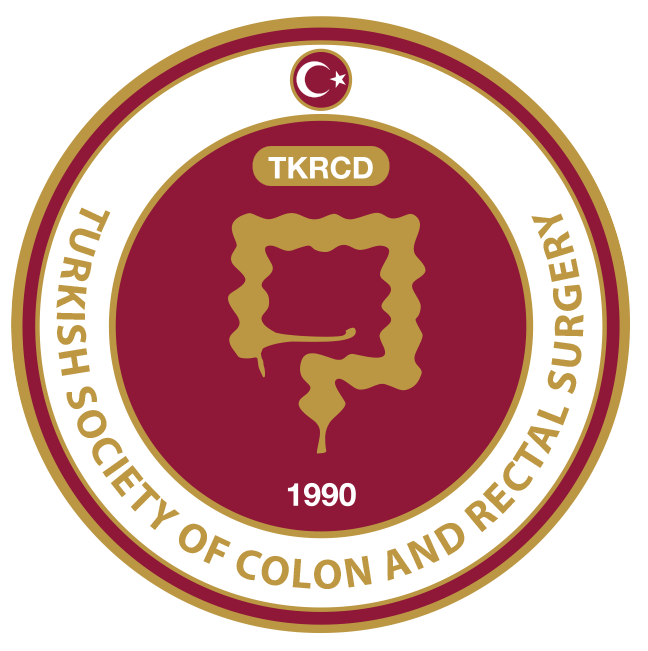ABSTRACT
Appendiceal hyperplastic polyps are morphologically analogous to those seen in the colorectum, but are very rare. In this case report, a 62-yearold woman with a 72-hour history of severe abdominal pain, nausea, vomiting, and anorexia presented to our clinic. On physical examination she was tender to palpation and there was direct rebound tenderness and involuntary guarding in the right lower quadrant. The patient was taken for emergency surgery with a diagnosis of acute abdomen. Appendectomy was performed after exploration findings revealed acute appendicitis. Pathological examination reported hyperplastic polyp of the appendix. A total colonoscopic examination was performed due to the association between appendiceal hyperplastic polyps and adenocarcinoma of the large bowel.
Introduction
Serrated adenomas of the appendix are considered more aggressive than serrated adenomas of the colon and rectum.1,2 Serrated polyps are classified histologically into 3 subgroups: Hyperplastic polyps, sessile serrated adenomas, and traditional serrated adenomas.1,2 Hyperplastic polyps of the appendix are rare and morphologically resemble those of the colon.3 Hyperplastic polyps of the appendix are rare.1,2,3 Pathological evaluation of this case was reported as acute appendicitis consistent with hyperplastic polyps (Figure 1, 2). While appendiceal hyperplastic polyps may occur with acute appendicitis, they are often detected incidentally.3 The possibility of copresentation with adenocarcinomas of the large intestine and findings of mucosal hyperplasia in appendectomy necessitate advanced testing to exclude colorectal neoplasias.3
Discussion
Although hyperplastic polyps of the appendix are often encountered incidentally, they may also present with acute appendicitis, as in our case.
Appendectomy specimens should be investigated histopathologically due to the strong association between appendiceal hyperplastic polyps and adenocarcinomas of the large intestine. Appendiceal malignancies are very rare. Primary appendiceal carcinoma is diagnosed in 0.5-1.4% of appendectomy specimens. There is very rarely preoperative suspicion of these tumors. Appendiceal cancers are most commonly carcinoid tumors, which account for 50% of primary lesions of the appendix. Very rarely seen are granular cell tumor, paraganglioma, neuroma, and neurofibroma of the appendix. Malignant lymphoma may involve the appendix, and metastases originating from the gastrointestinal system, breasts, and female genital organs have also been reported. A recent analysis reported incidental histopathologic detection of malignant tumors in appendectomy material at a rate of 0.3%. For this reason, material obtained during appendectomy should definitely be sent for histopathologic examination.4,5,6
Patients should be reminded of the importance of bringing their pathology reports to postoperative follow-up examinations and getting information from their doctors about these reports. Although patients with a diagnosis of suspected appendicitis require a specific approach and treatment, the diagnosis of appendiceal hyperplastic polyps is also an indication for further investigation to exclude synchronous polyps and adenocarcinomas of the large intestine.



